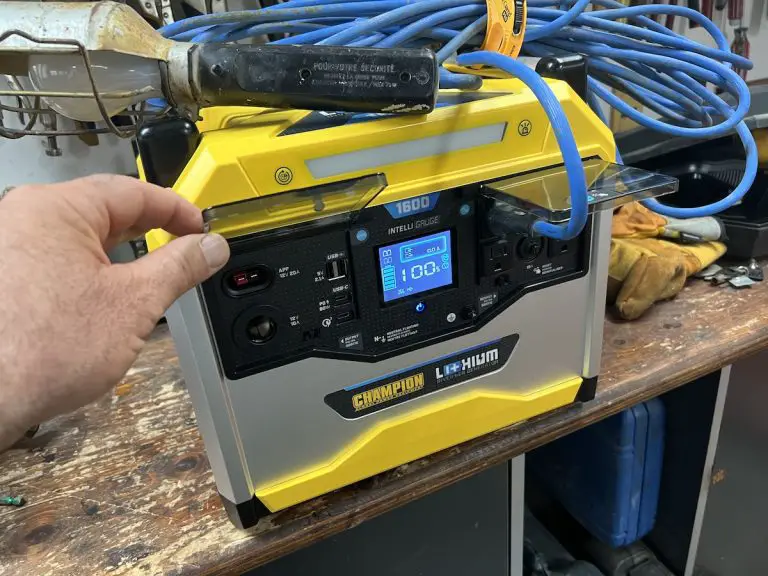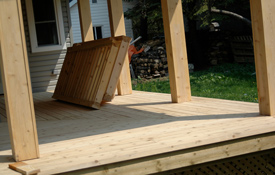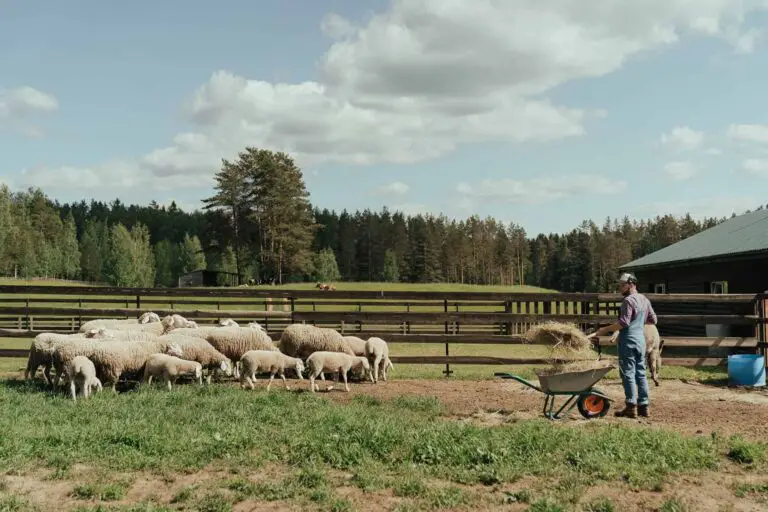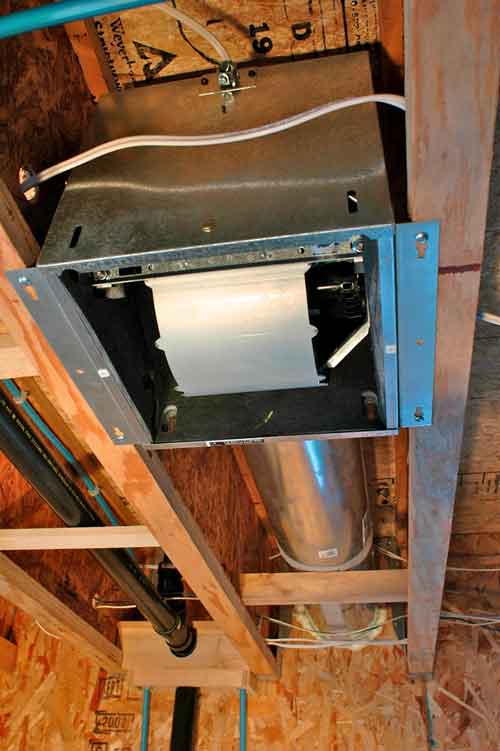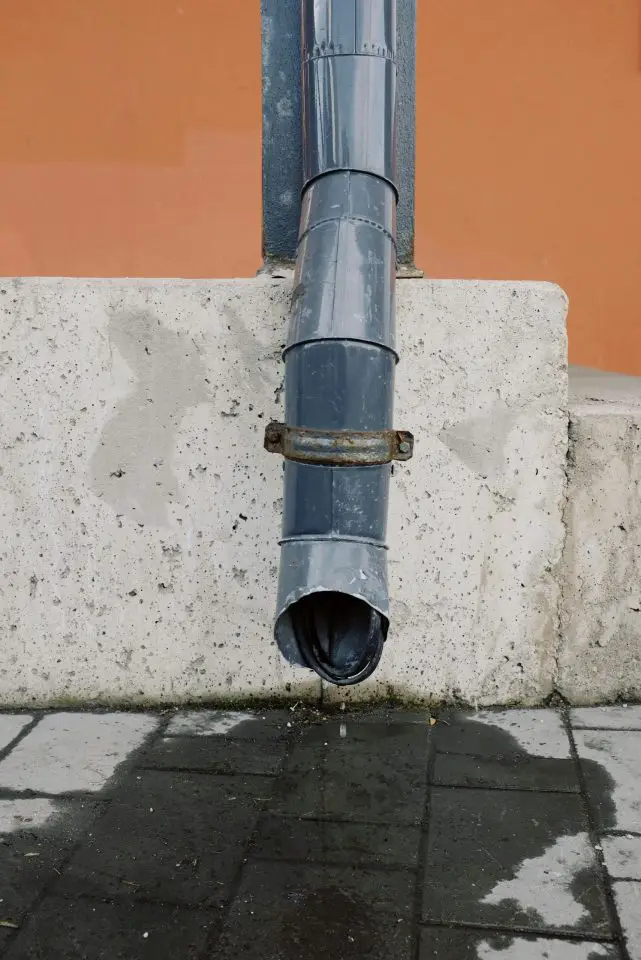
The purpose of any roof drainage system is to collect rainwater and drain it away from the building. Gutter systems serve not only a functional but also a decorative purpose, harmoniously combining roofing material and facade architecture into a coherent picture. Gutters can radically change the visual appearance of a home, so it is important to pay attention to the manufacturer of the gutter and the reliability of the company that will carry out the installation. We recommend using the gutter replacement cost estimator on MyHomeQuote so you can estimate the cost of gutter replacement or installation in advance.
Why Are Gutters Needed?
The practical purpose of roof drainage system is to keep water from the walls, foundation and basements. But it is worth saying that the drainage system consists not only of gutters through which water flows but also downspouts and the places where all these empty into.
Gutter systems protect buildings in several ways. Moisture that gets on walls from splashing off the ground promotes rot, dirt accumulation on walls, and leaky basements. This is why it’s necessary to think through all the nuances, taking into account the need to handle large amounts of storm water when rain comes quickly. Together, gutter systems protect the house from moisture and extend its service life.
Choosing a Drainage System
The design of a roof drainage system should be given attention at the stage of designing a house. The point at which you need to select and install a roof drainage system is typically at the beginning of roofing work.
When choosing a drainage system, you should pay attention to:
- Materials
- Specifications
- Possibility of DIY installation
- Access to the system for removing blockages and cleaning.
In general, roof drainage systems are typically made of plastic or metal or both. Each of the materials has its own advantages and disadvantages.
Plastic Drainage System
Plastic drainage systems can be installed on any type of building. For production, polyvinyl chloride is typically used, which is one of the most reliable materials in the plastic group.
Advantages:
- Resistance to aggressive environmental attack, including ultraviolet radiation.
- High-quality products can be used at temperatures from -40 to +70 degrees.
- Light weight.
- Gutters are available in various colors that last a long time.
- Quieter than metal during heavy rains.
Disadvantages:
- Plastic gutters aren’t all that strong. It may not be able to withstand snow sliding off the roof in winter.
- Plastics expand and contract a lot with changes in temperature.
Costs for PVC gutters range from $3 to $8.20 per lineal foot. You can also use the gutter replacement cost calculator on the MyHomeQuote website to find out the cost of gutters made from other materials.
Metal Drainage System
Metal gutters can withstand greater loads than plastic. However, this only applies to quality systems made from high-quality hot-dip galvanized steel. Aluminum eavestrough is weaker than steel, but stronger than plastic is you use the right hanger system. My favourite it Alu-Rex.
Advantages:
- Long service life.
- Strength and resistance to mechanical stress.
- No need to allow for thermal expansion.
- A variety of colors that last a long time.
Disadvantages:
- Higher price than plastic.
- Installation requires more skill than plasticl drainage systems.
Criteria For Choosing Drains
One important criterion for choosing a particular drainage system is the roof configuration, and dimensions. The length of the eaves, the diameter of the pipes, the number of drains, presence and lengths of valleys – everything depends on the area of the roof and its structure. The diameter of the pipes and the diameter of the gutters must also be selected in accordance with the climatic conditions of the area where the house is built.
Both plastic and metal drainage systems have a long service life and durability. Their functionality ensures water drainage and protection of walls from destruction. The choice of one material or another depends on the customer’s preferences, the structure of the roof, and its finishing layer. If the roof is covered with metal tiles or corrugated sheets, the most common systems use metal gutters and pipes.
If any part of the drainage system is changed or the entire system is purchased from several sellers, then it is important to check on compatibility of elements from different manufacturers, sizes, and color matching.
Wrapping It Up
The ideal option for most people is to have gutters installed by a pro. MyHomeQuote website helps estimate expected costs of gutter replacement or installation. In addition, the service will help you find reliable drain installation specialists, which is also important for the service life of the system.







